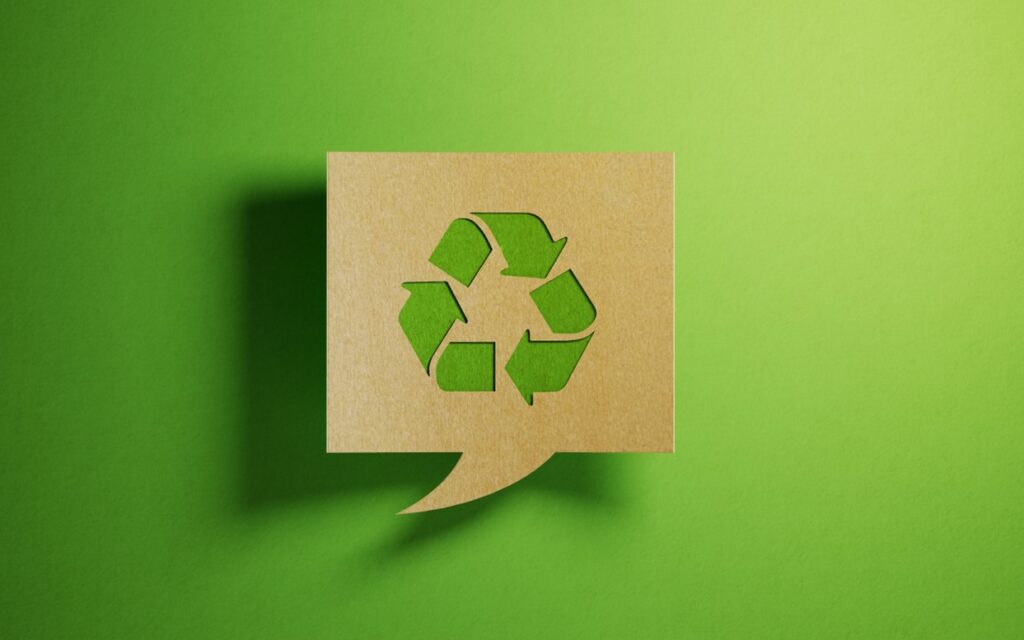Living green has become a goal for many homeowners. In fact, about three-quarters of people in the U.S. recycle, and the Environmental Protection Agency says that “recycling generates a host of financial, environmental, and social returns.” The good news is that it doesn’t take a lot of time or effort to become a smart recycler. The EPA offers some great tips to get started.
If you drink from a plastic bottle, remove the twist-off cap and ring, which aren’t recyclable. Bottles that arrive at recycling centers with the caps still on are often trashed as it’s too much work for the center’s employees to remove every cap.
Don’t recycle anything that has food residue stuck to it such as pizza boxes, paper towels, and paper plates. Food waste adds impurities to products made from recycled materials, making them useless. Tear off any part of an item that’s clean and recycle those pieces only.
Find out what types of plastic your local recycling center accepts. Look for the number inside the recycling symbol – the three arrows that form a triangle – and make sure you only put the right types into your bin.
Pay attention to paper. Shredded paper doesn’t have the long fibers needed to make good recycled paper products, so find another use for this type of paper such as donating it to an animal shelter for use in the cages and crates. Remove brightly colored paper, construction paper, and wax paper; stick to notebook and printer paper.
Don’t put plastic grocery bags into your recycling bin. Instead, take the bags with you to the grocery store and recycle them there. Better yet, get some reusable canvas bags and forget about the plastic ones altogether.
When in doubt, call your local recycling center. Every community is different; find out how to maximize the recycling potential through your center.

